



utwo:
1983 R100 RT
© wyld garage
from Tumblr https://somar78.tumblr.com/post/671720801675935744
This highly customized 4×4 van was built by Ed Fucci over a period of decades, it was designed to be suitable for both cruising and camping, with a sofa in the back that converts into a bed for two people when required.
In total Fucci would own this van, nicknamed “Zelda,” for 44 years from 1974 until 2018. Zelda became a legend in the American van community, being featured in multiple magazines, winning 56 best in show awards and 160+ other awards over the years.
The 1970s were a big time for van culture in the United States and around the world. It was a time when the hippie “flower power” VW Kombi vans of the 1960s were giving way to the more hard-edged custom culture of the 1970s.
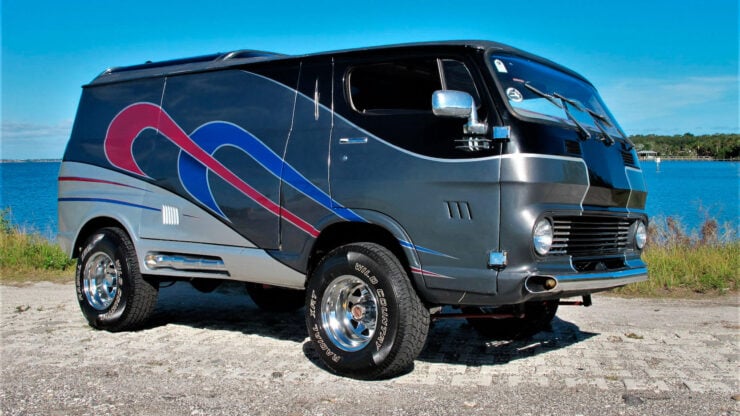
Zelda has a new side entry door and a sealed rear, the chopped roof and higher 4×4 ride height give it a distinct look, very unlike a normal G10 van.
A young American man named Ed Fucci would arrive into this new 1970s van culture in 1974 when he bought a secondhand 1969 Chevrolet G10.
It was his first vehicle and he began customizing it immediately, but he couldn’t have known then that he would eventually build the van six different ways, including adding a full custom four-wheel drive system with selectable two and four-wheel drive as well as high and low range.
Ed would develop his own 4×4 system with parts from the original Chevrolet G10 van, a Chevy Blazer, and a Jeep CJ7. It’s a system that works remarkably well too, Ed was an integral member of the Adventure Vans Club in Florida and took Zelda on many off-road adventures including weekends on various beaches.
The drivetrain consists of a rear axle from a Chevy Blazer, this is mated to a transfer case from a Jeep CJ7, which is also paired from the front end from a CJ7. Power is provided by a 305 cubic inch (5.0 liter) Chevy small-block V8 which sends power into a Turbo 350 automatic transmission.
Ed chopped 5 inches out of the roof, though this sounds simple it actually requires a lot of fabrication work to get right. All the curves in the pillars and doors need to be matched and a lot of work goes into a getting things like the quarter and wind-up windows to still function properly.
Above Video: This 15 minute video is hosted by Ed Fucci, the man who originally built it. Ed goes over the major elements of the van in detail, showing just how much work went into Zelda over the years.
The interior of the van was completely redone by the team at Valley Vans on Long Island, it now has full custom upholstery, lighting, and that aforementioned sofa in the back that converts into a double bed for nights out off the beaten track.
The interior now includes two televisions with VHS players, a full stereo system with a CD changer, and AM/FM radio.
Sadly Ed passed away in 2018 and Zelda has now been put up for sale in the hopes that a new enthusiast owner will buy it and carry on its remarkable story.
With the surge in interest around vanlife culture in recent years Zelda would be a prime candidate for someone who wanted to modify the interior for more permanent living and spend some time adventuring both on and off road.
Zelda is due to roll across the auction block with Mecum in Florida in January, if you’d like to read more about it or register to bid you can click here to visit the listing.
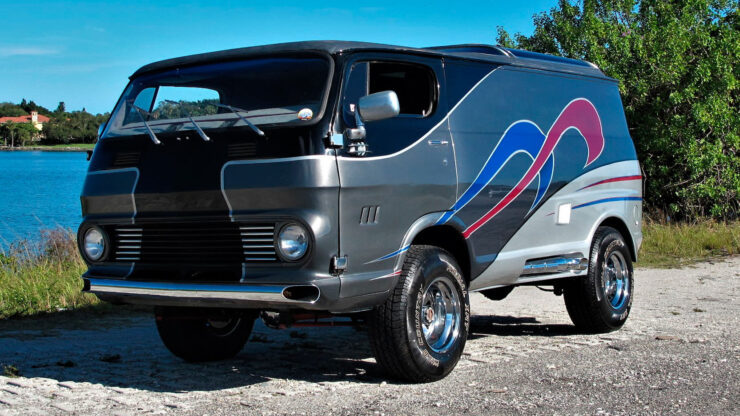
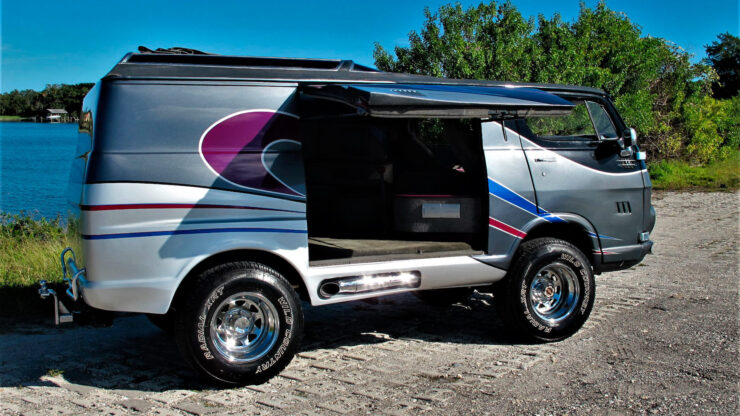

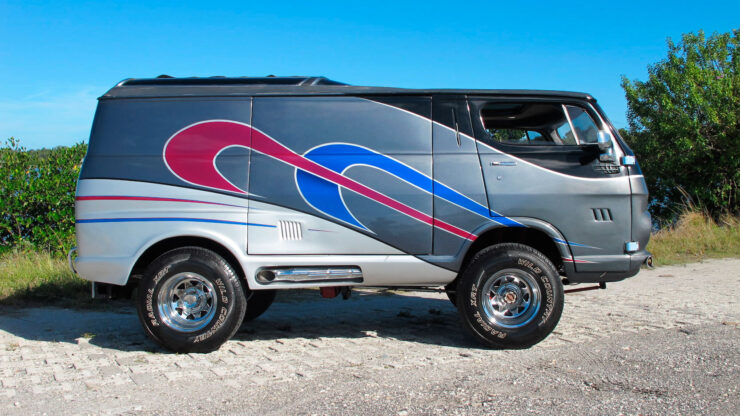
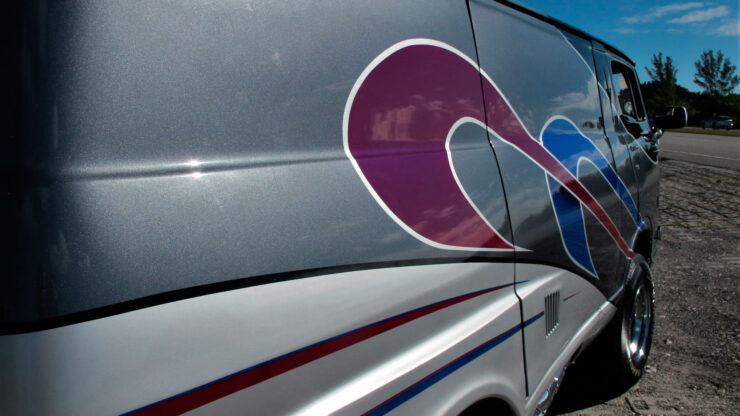
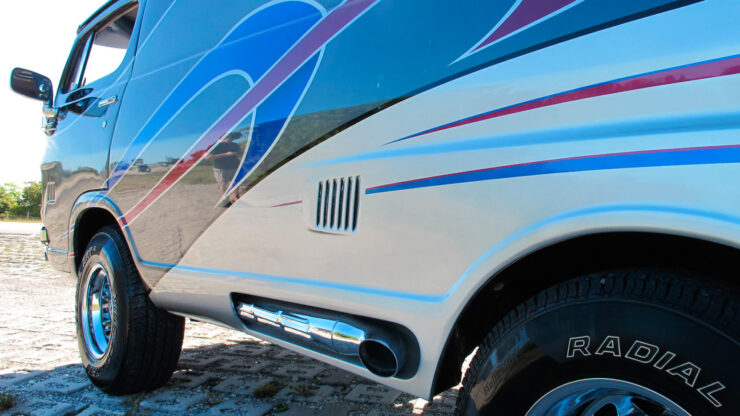
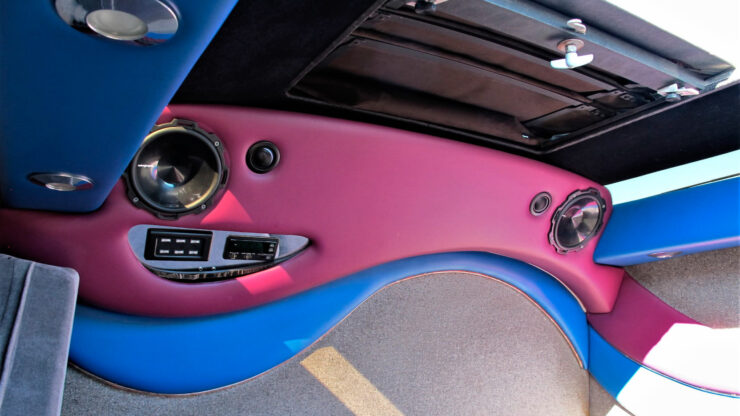
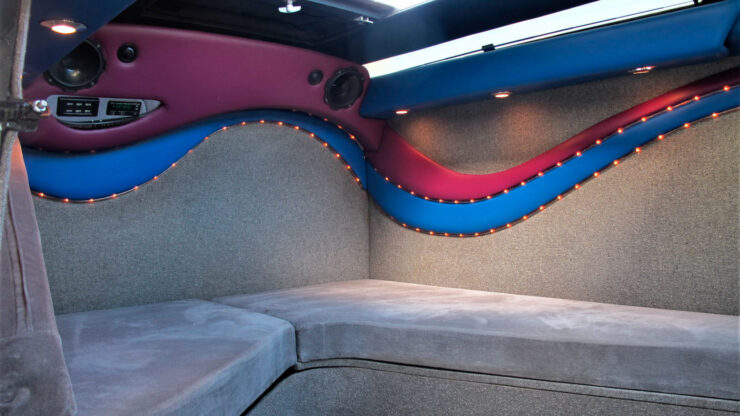
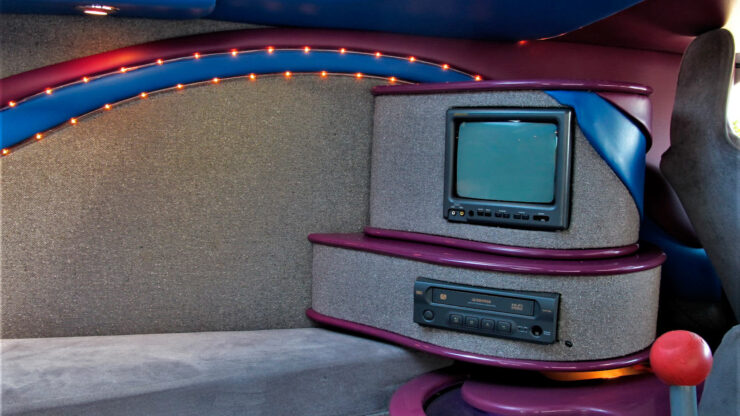
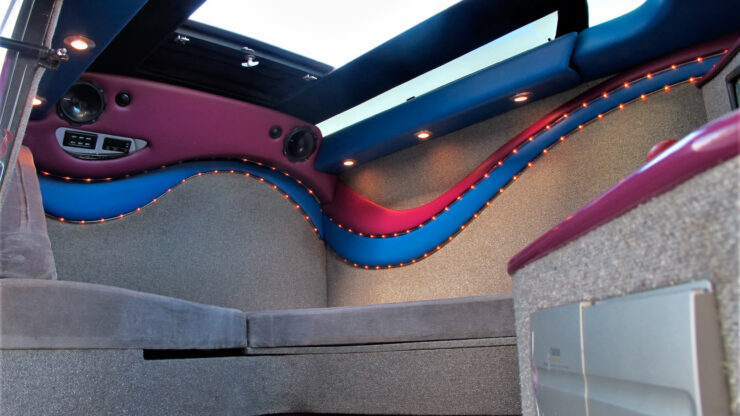

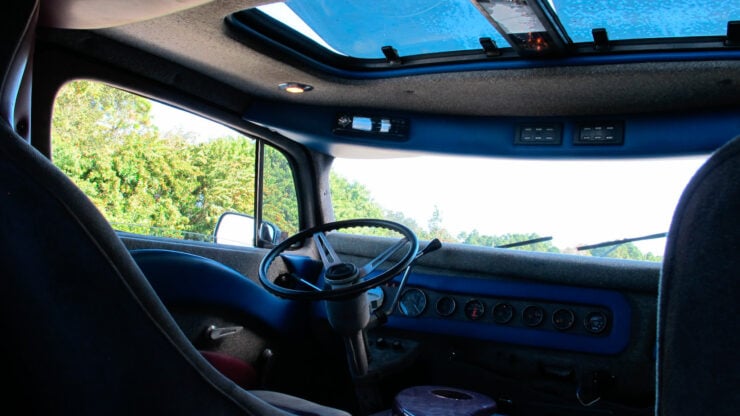
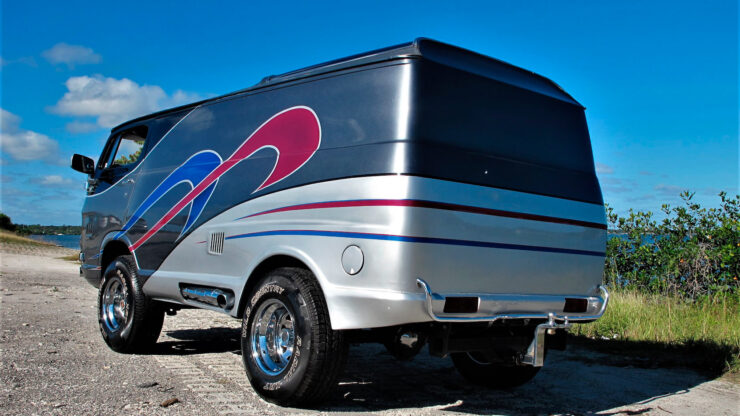
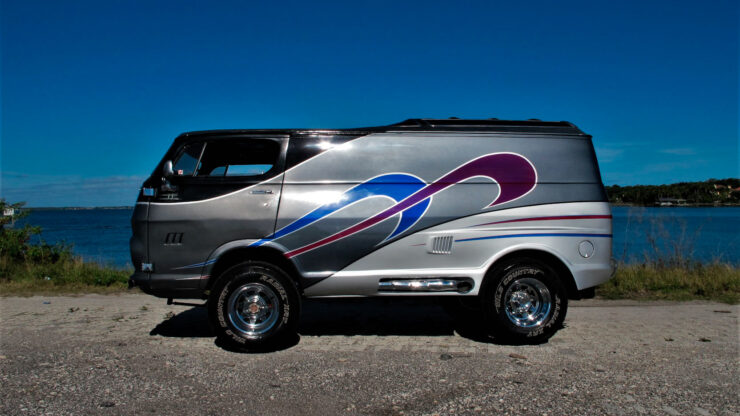
Images courtesy of Mecum
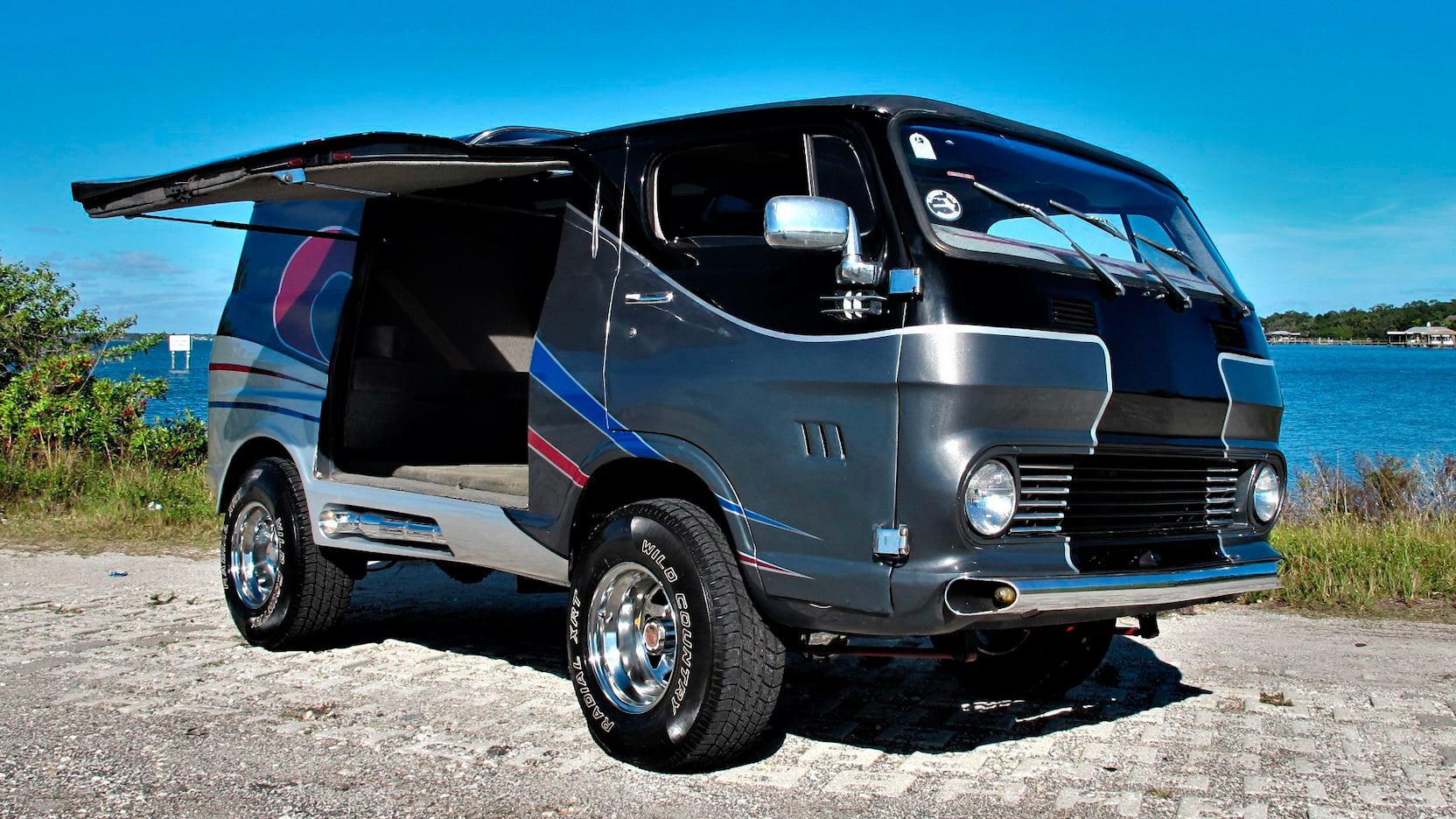
The post For Sale: “Zelda” – A Custom 4×4 Adventure Van By Ed Fucci appeared first on Silodrome.
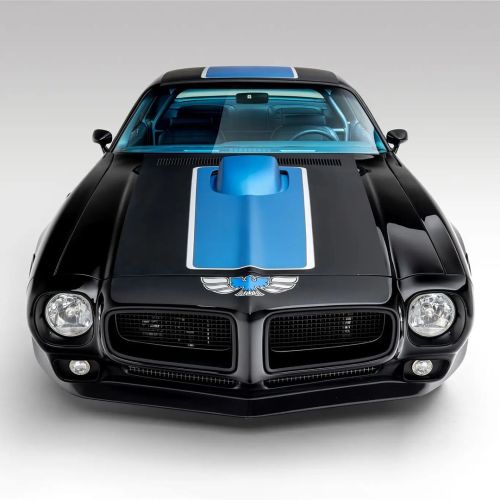









utwo:
1973 Pontiac Firebird
© iamted7
This 1978 Ford Escort Mk2 has been painstakingly rebuilt from the ground up by its Australian owner, it’s powered by its original numbers matching 2.0 liter engine that has been significantly modified for improved performance.
The Ford Escort Mk2 was developed as the replacement for the Mk1 Escort, one of the most popular cars in Europe when it was in production and a famously successful car on the race tracks and rally stages of Europe.
When the Ford Escort was originally released in 1968 as a replacement for the outgoing Ford Anglia it was a revelation. It had modern styling, a stiff unibody chassis, it had more powerful engine choices, and it came in two door, four door, and station wagon (estate) body options.
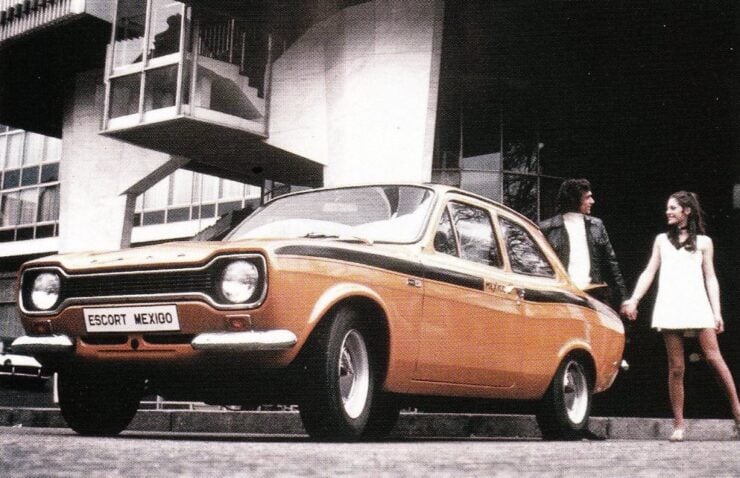
This is the Mk1 Ford Escort Mexico, a special version of the car created to celebrate the victory in the 1970 London to Mexico World Cup Rally. Image courtesy of Ford UK.
What nobody quite expected was just how successful the Escort would be in motorsport, rallying in particular. Over the course of its active years, from 1968 into the mid-1970s, the Mk1 Escort would win a slew of rallies ad races, becoming one of the most successful rally cars of all time in the process.
This success was in spite of the car’s relatively simple suspension arrangement, with MacPherson struts up front and a live axle on leaf springs in the rear.
Ultimately Ford would sell well over two million examples of the Mk1 Escort. By the mid-1970s it was clear that the stying was becoming dated and so a project was undertaken to release a new Escort that would be known as the Mk2 or Mark II. The first Escort then became retroactively known as the Mk1.
The Mk2 Ford Escort was introduced for sale in January of 1975 with all-new straight-edged styling that was much more in vogue in the mid-1970s.
Somewhat controversially they opted not to change much of the Escort under the new exterior body panels, it kept the same inner unibody and much to the chagrin of many it kept the same live axle on leaf spring rear suspension.
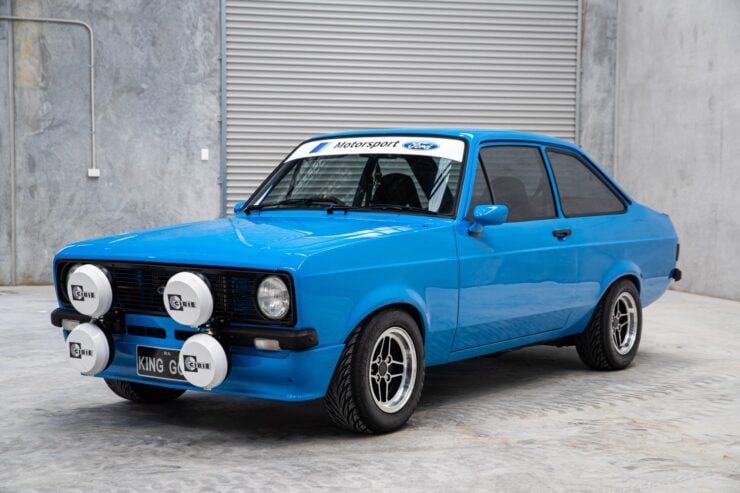
This Escort has been rebuilt from the ground up, it’s still fitted with its (rebuilt) original numbers-matching engine however.
The same body options were offered as on the Mk1, including a two door, four door, van back, and staton wagon. The original engine options were offered too, though they were expanded on during production, with larger and power powerful engines being offered including the popular Ford Pinto 2.0 liter and the 2.0 liter Cosworth BDG.
Despite the rapid developments that were being made in the world of rally racing in the 1970s the Ford Escort Mk2 proved shockingly resilient, in the 1979 season of the World Rally Championship (WRC) the Mk2 Escort won Ford the manufacturers’ title, with Björn Waldegård taking the drivers’ title in his Mk2, followed by Hannu Mikkola in a Mk2 in second place, and Ari Vatanen in a Mk2 in fifth place.
Vatanen would win the drivers’ title in 1982 in a Mk2 against the might of the Audi Quattro, a remarkable feat of driving by any standard, and a good indication of just how brilliant a properly sorted Mk2 can be.
Ford would replace the Mk2 with the third generation Escort in 1980, this was an all new car with an all new unibody and a front wheel drive layout rather than rear wheel drive. None of the Escorts that were released after the original Mk1 and the Mk2 ever achieved comparable levels of popularity with their forebears.
During the production run of the Mk2 Escort Australia had its own manufacturing facilities, and the model proved to be a best seller in the country and in neighboring New Zealand.
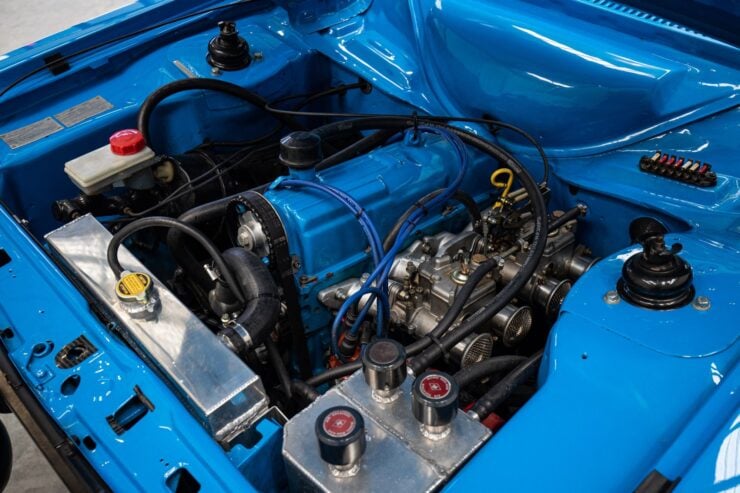
This is the 2.0 Pinto inline-four cylinder engine, it proved a popular higher-performance engine in the Escort and it was a notable improvement over the Kent inline-four.
The Escort you see here was rebuilt in Australia to a high level over a period of years by its current owner. The steel unibody shell was soda blasted back to bare metal, any rusted sections were replaced with new steel panels, it was then resprayed in Nitrous Blue.
The original 2.0 liter Pinto inline-four cylinder engine has been rebuilt to a high level with an uprated FR32 cam kit, twin FAJS (Weber replica) 48mm carburetors, wrapped tubular steel headers, a three-core alloy radiator, a new clutch, starter motor, and fuel pump.
The car has been fitted with new trims and rubber throughout, it has quad Cibie spot lights mounted up front, and it has carbon front quarter bumpers, a carbon rear bumper, and a carbon duck lip spoiler on the back.
It now rides on JBW RS4 13 inch alloy wheels with new Federal Super Steel tires. Inside it has a three-spoke Momo steering wheel, Recaro bucket seats, carbon door cards, and a custom dash with an aftermarket cluster.
This Escort is now being offered for sale through Collecting Cars in a live online auction, if you’d like to read more about it or register to bid you can click here to visit the listing.
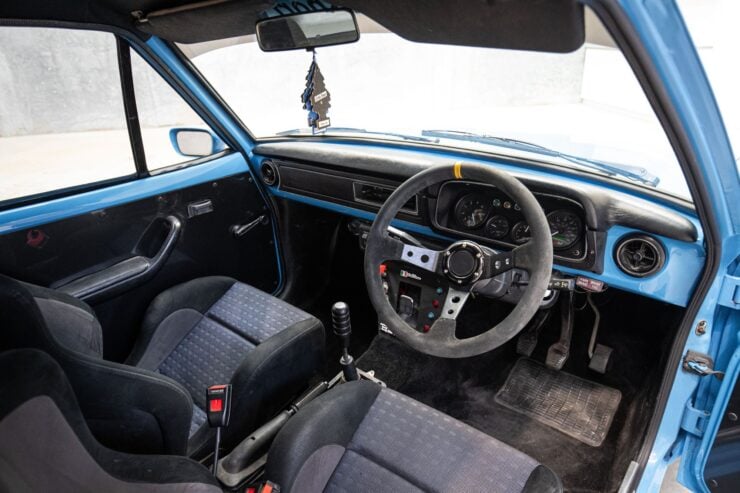
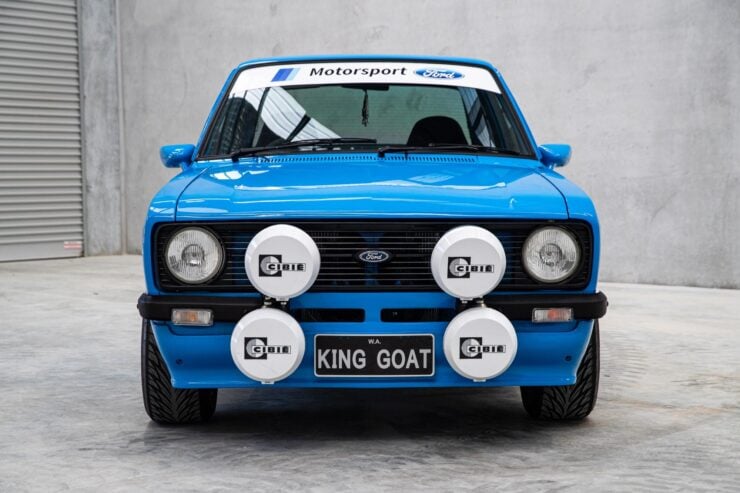
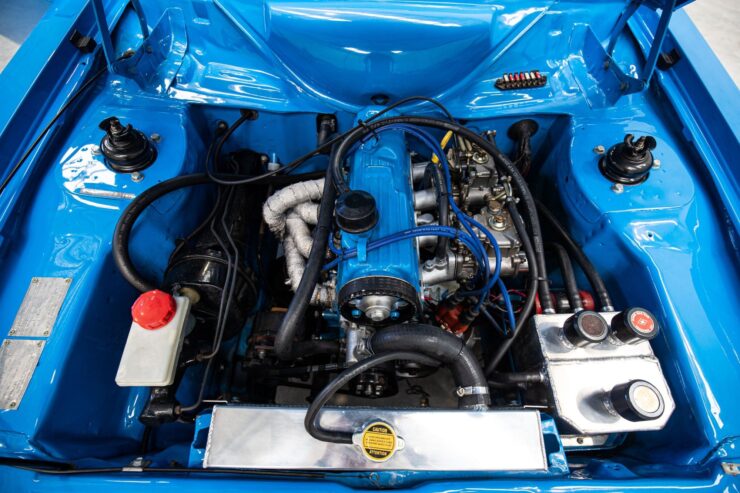
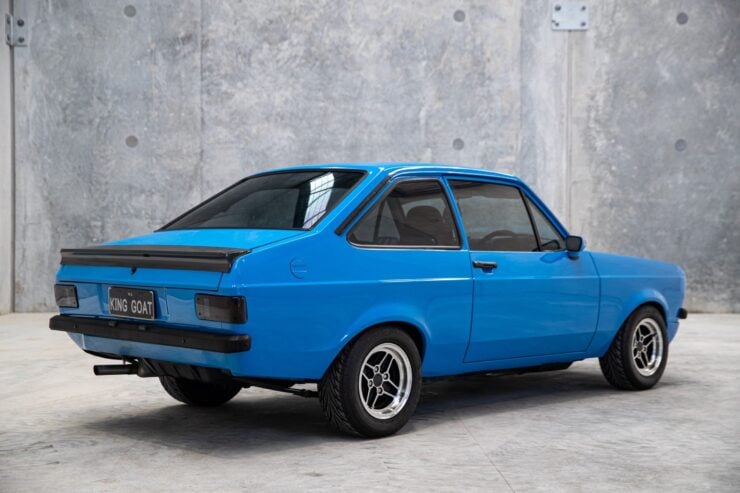

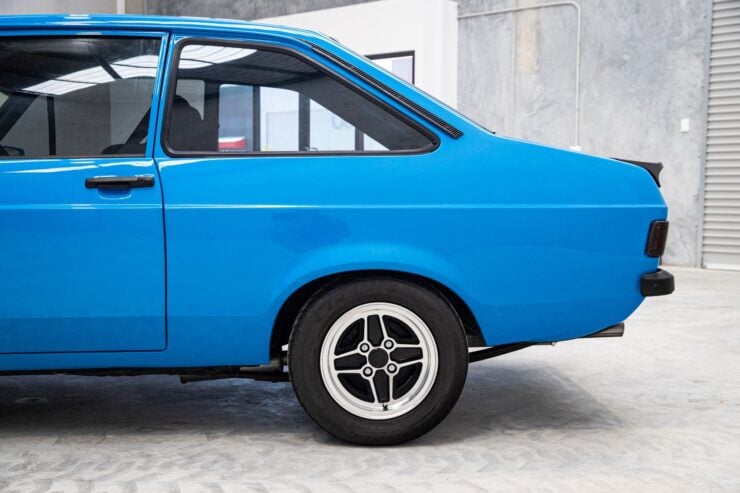
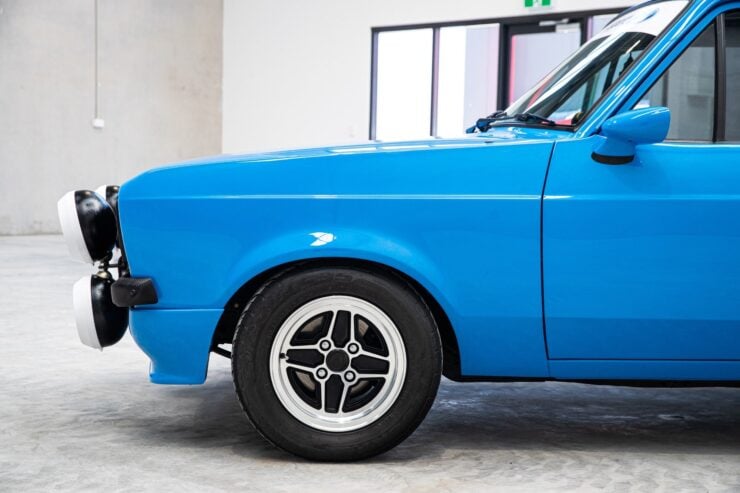
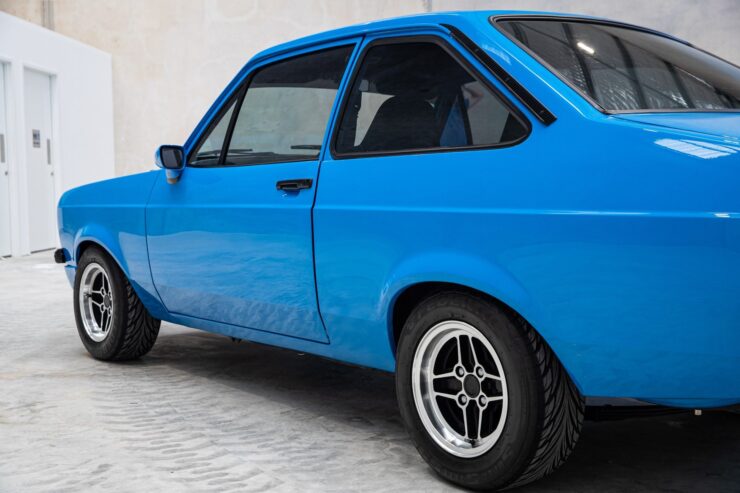

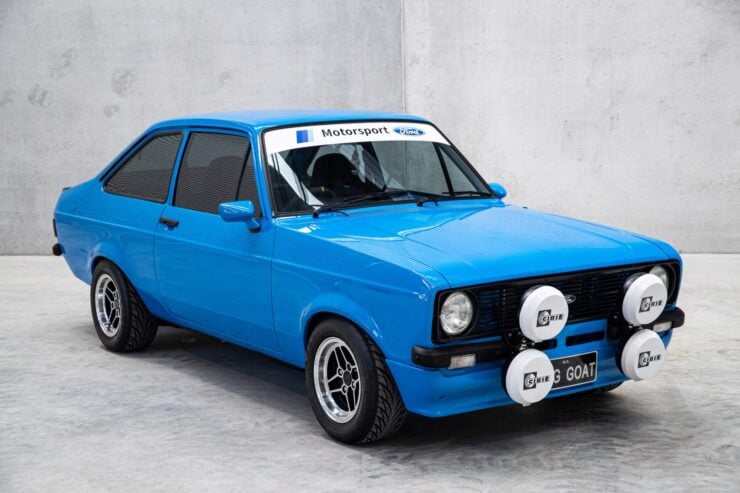
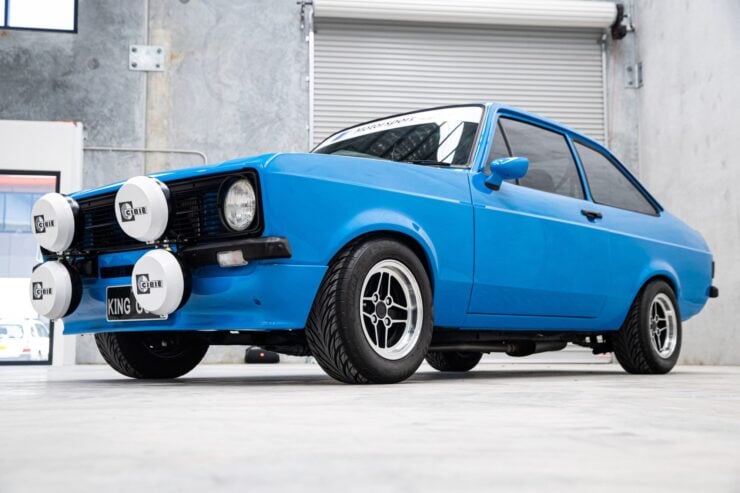
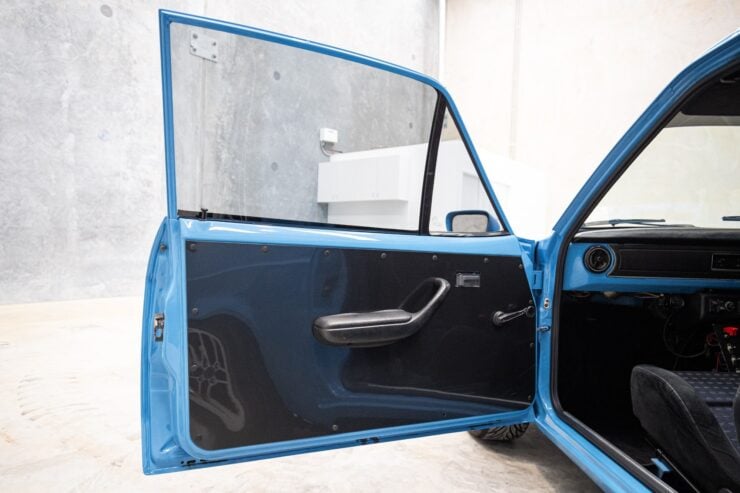

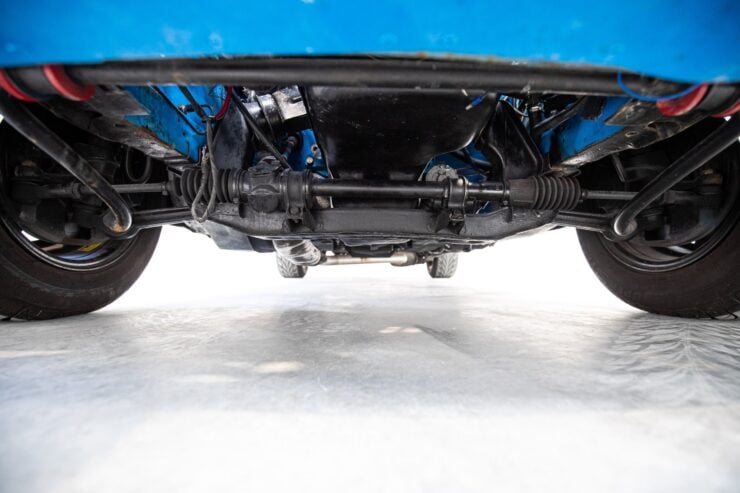
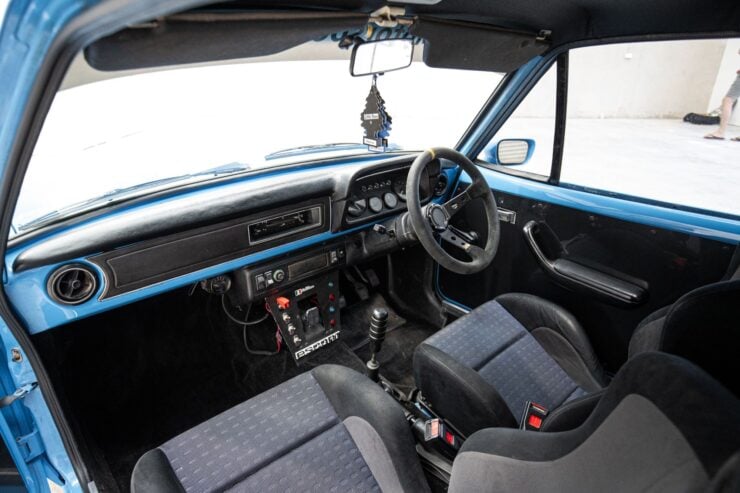
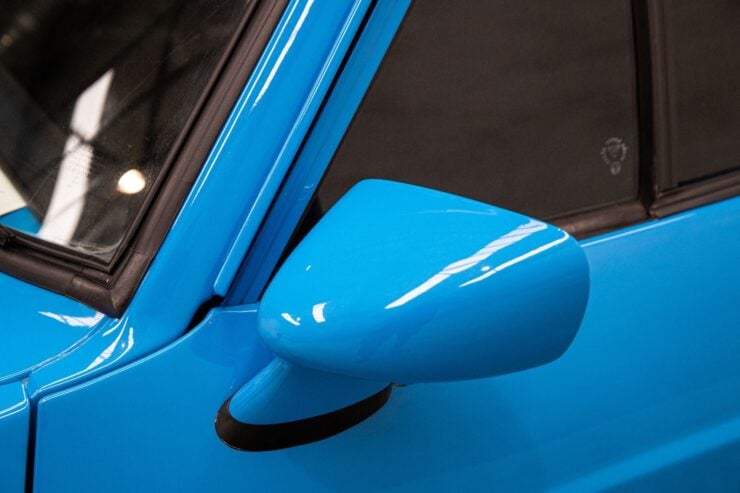

Images courtesy of Collecting Cars

The post For Sale: A Freshly Rebuilt Rally Legend – Ford Escort Mk2 appeared first on Silodrome.